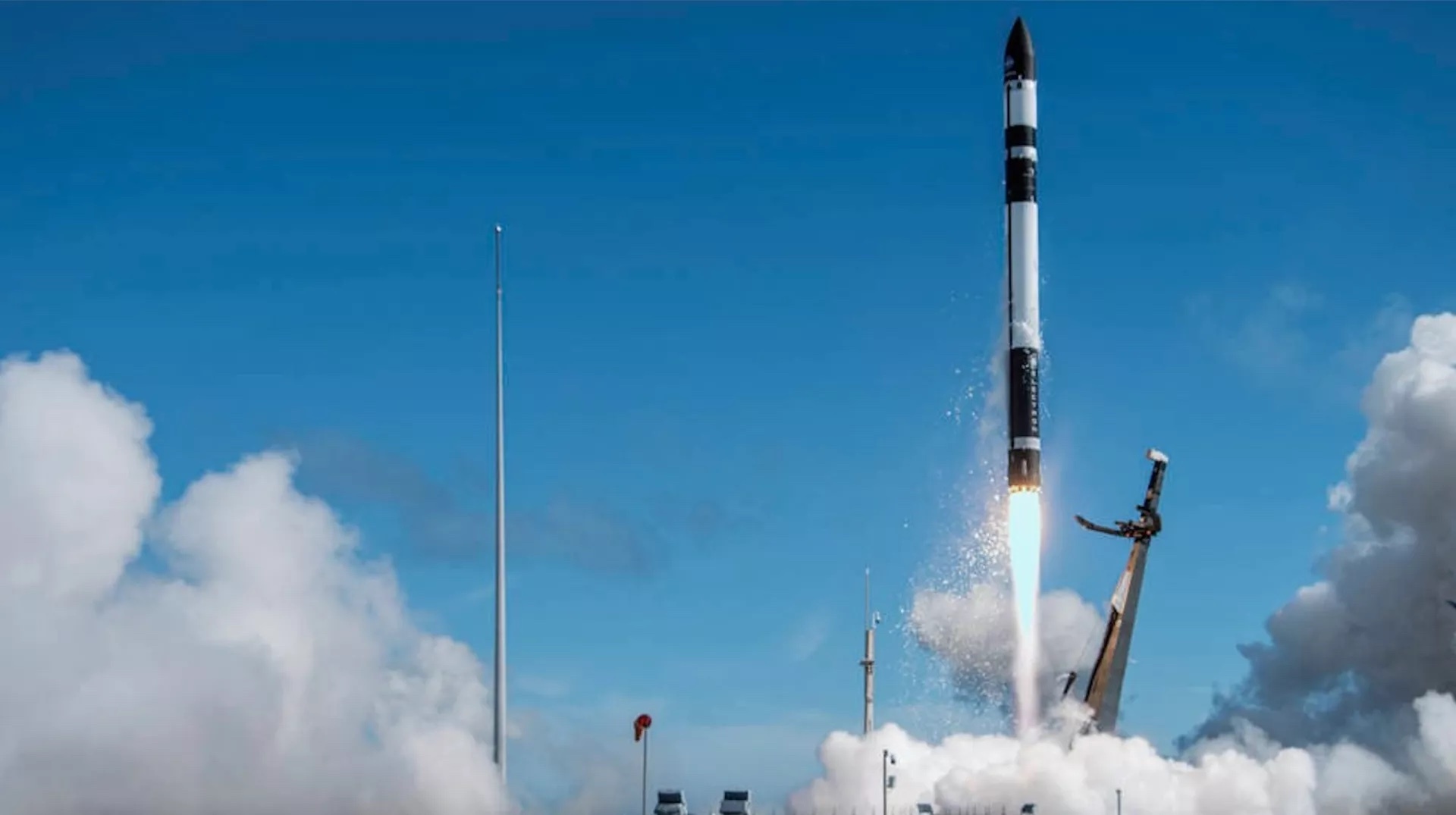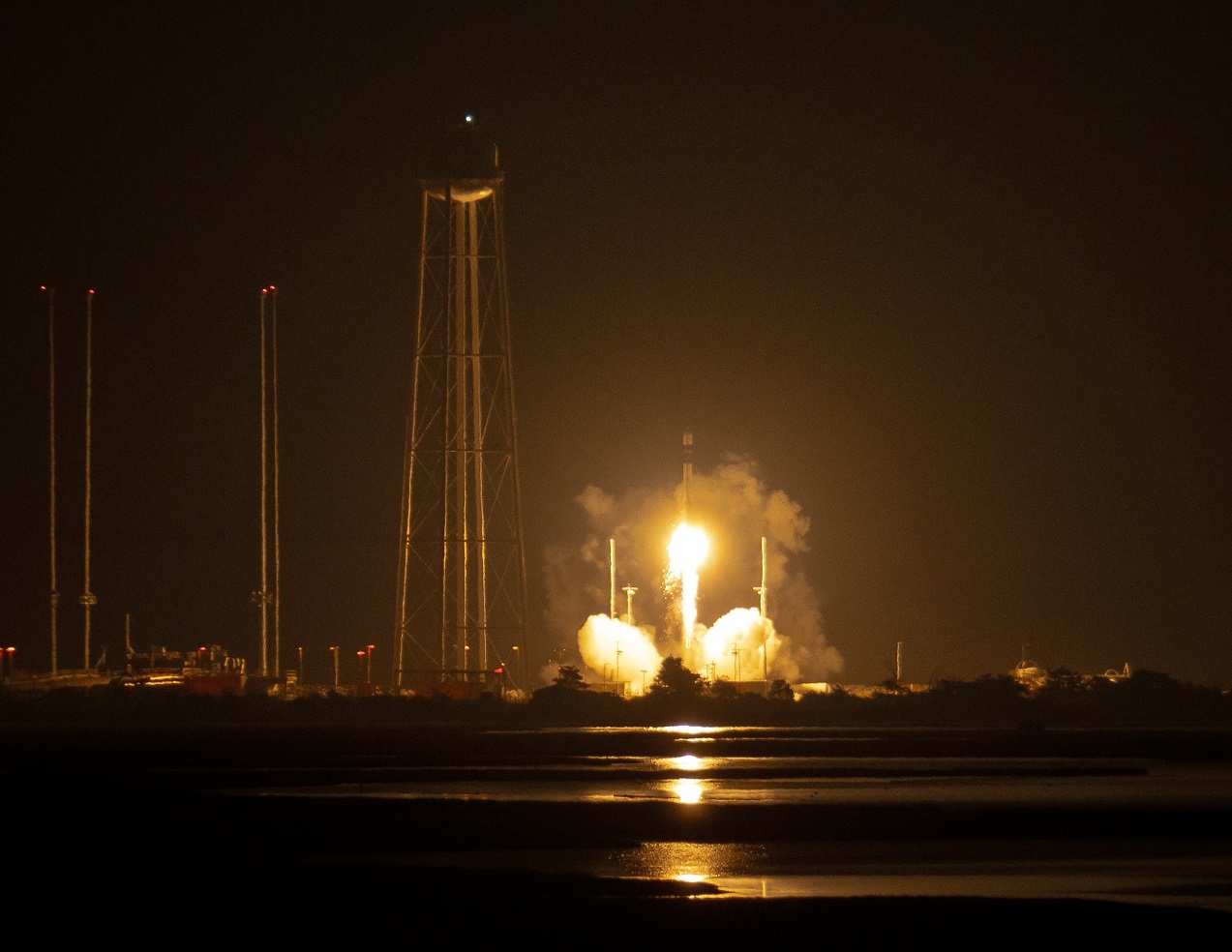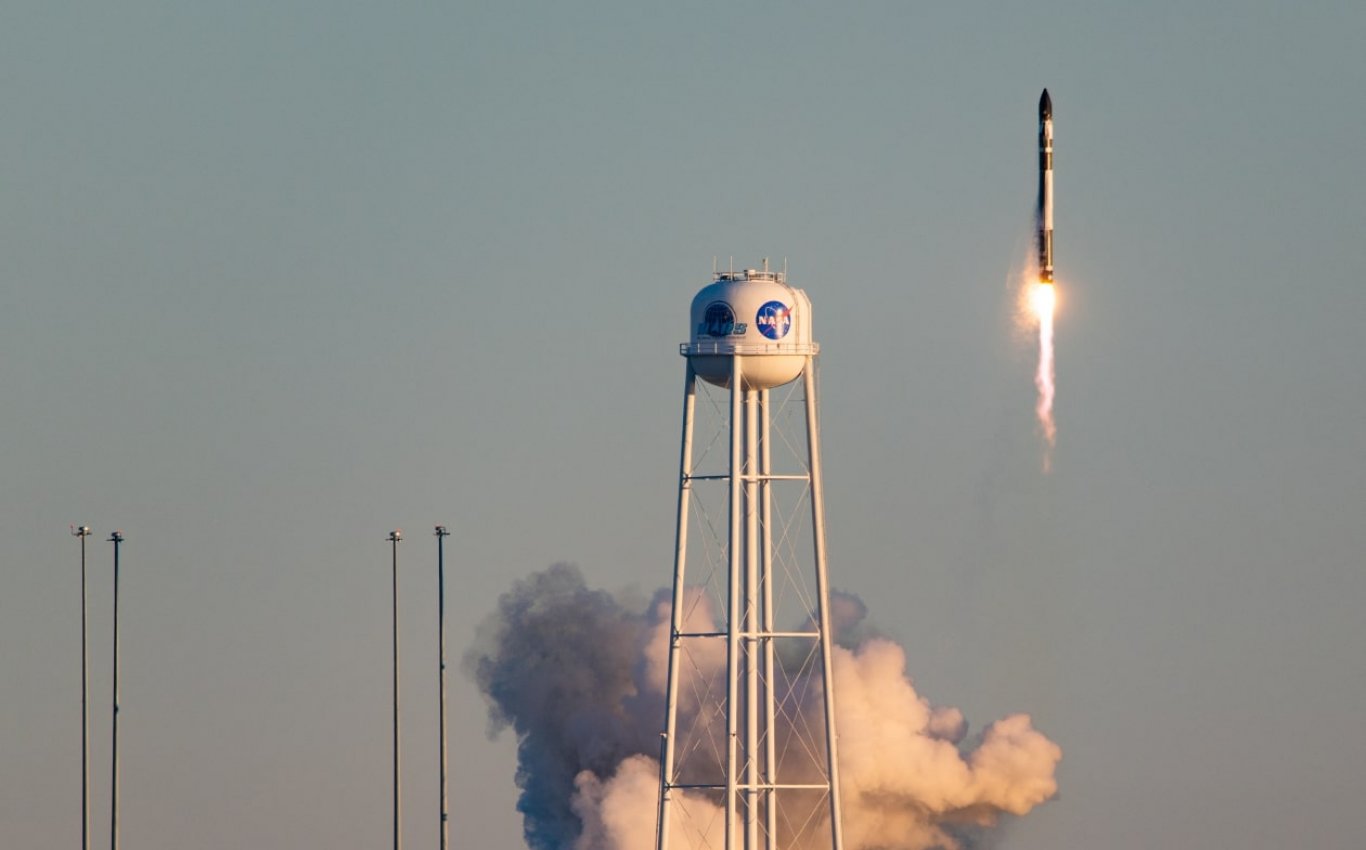17.06.2023
The company's new hypersonic-testing suborbital rocket, perhaps?

Rocket Lab is gearing up to launch a mission from the U.S. East Coast in the next few days, but you won't be able to watch it live.
NASA's Wallops Flight Facility in Virginia announced via Twitter on Tuesday (June 13) that it's "scheduled to support a Rocket Lab launch between June 15-20 in the evening."
California-based Rocket Lab regularly webcasts launches of its Electron orbital rocket, but we won't get to see this liftoff online: "There is no livestream planned for launch, and the Wallops Visitor Center will not be open for launch," Wallops officials added in the Tuesday tweet.
So, what could this unusually hush-hush mission be? It's unclear, but the circumstantial evidence points to the first-ever liftoff of Rocket Lab's new suborbital testbed rocket.
That launcher is called HASTE, short for "Hypersonic Accelerator Suborbital Test Electron." As that name suggests, HASTE is derived from the workhorse Electron and is designed to help test technologies for hypersonic craft — highly maneuverable vehicles capable of flying at least five times the speed of sound.
HASTE can haul up to 1,540 pounds (700 kilograms) of payload aloft, whereas Electron can deliver a maximum of 660 pounds (300 kg) to low Earth orbit. The suborbital rocket also features a modified version of Electron's "kick stage" specialized for the deployment of hypersonic payloads, Rocket Lab said in an April 17 statement that announced HASTE's existence.
The suborbital rocket is scheduled to make its debut right about now, on a mission whose details are hard to come by, according to that statement.
"HASTE provides reliable, high-cadence flight test opportunities needed to advance hypersonic system technology development, with the inaugural launch scheduled to take place in the first half of 2023 for a confidential customer," Rocket Lab representatives said in the statement.
HASTE will be operated primarily by Rocket Lab National Security, a wholly owned subsidiary of the company dedicated to launching missions for the defense and intelligence communities of the United States and its allies.
The new suborbital rocket will launch only from Rocket Lab's pad at Wallops, the April 17 statement added. (The company also has a launch complex on the Mahia Peninsula, on the North Island of New Zealand.)
So it seems likely that HASTE is the mystery vehicle flying from Wallops in the next few days. We'll keep our eyes and ears open for any confirmation from Rocket Lab that this indeed the case.
Quelle: SC
----
Update: 18.06.2023
.
Rocket Lab Debuts HASTE Rocket with First Successful Suborbital Launch from Virginia

The launch of the new HASTE vehicle marks a new era to support hypersonic system technology development
Wallops Island, Virginia. June 17, 2023 – Rocket Lab USA, Inc. (Nasdaq: RKLB) (“Rocket Lab” or “the Company”), a global leader in launch services and space systems, today announced it successfully launched its first suborbital testbed launch vehicle, called HASTE (Hypersonic Accelerator Suborbital Test Electron) for a confidential customer.
The inaugural launch took place on June 17 at 21:24 Eastern local time (June 18, 01:24 UTC) from Rocket Lab’s Launch Complex 2 at Virginia’s Mid-Atlantic Regional Spaceport within NASA’s Wallops Flight Facility.
The HASTE suborbital launch vehicle is derived from the Company’s Electron rocket but has a modified Kick Stage for hypersonic payload deployment, a larger payload capacity of up to 700 kg / 1,540 lbs, and options for tailored fairings to accommodate larger payloads, including air-breathing, ballistic re-entry, boost-glide, and space-based applications payloads. By leveraging the heritage of Rocket Lab’s low-cost Electron – the world’s most frequently launched commercial small launch vehicle – HASTE offers true commercial testing capability at a fraction of the cost of current full-scale tests.
“The success of this mission demonstrates collaboration across government and industry partners to change the paradigm in hypersonic testing,” said Brian Rogers, Senior Director – Global Launch Services. “HASTE enables the frequent, affordable flight testing needed to advance the nation’s hypersonic technology development, and we’re proud to be delivering this vital capability. We thank our mission partners for entrusting us with this inaugural mission and look forward to continuing our partnership into the future.”
HASTE will be primarily operated under Rocket Lab National Security (RLNS), the Company’s wholly owned subsidiary created to serve the unique needs of the U.S. defense and intelligence community and its allies. Rocket Lab Launch Complex 2 within the Mid-Atlantic Regional Spaceport at NASA Wallops Flight Facility in Virginia is the launch site for HASTE.
Quelle: Rocket Lab
+++
HIGH-CADENCE FLIGHT TEST OPPORTUNITIES ON A PROVEN, RELIABLE ROCKET
HASTE is a suborbital testbed launch vehicle derived from Rocket Lab’s heritage Electron rocket. HASTE provides reliable, high-cadence flight test opportunities needed to advance hypersonic and suborbital system technology development.
HASTE employs the same innovative carbon composite structure and 3D printed Rutherford engines as Electron but has a modified third stage for suborbital payload deployment, a larger payload capacity of up to 700 kg / 1540 lbs, and options for tailored fairings to accommodate larger payloads.
From idea to launch within 12 months, HASTE is operated from Launch Complex 2 at the Mid-Atlantic Regional Spaceport within NASA’s Wallops Flight Facility in Virginia. HASTE is not the promise of a future capability – it's a completed launch vehicle ready for flight now.
Flight test conditions are critical for hypersonic and suborbital testing. HASTE is a liquid launch vehicle with deep-throttle capability and a third stage with attitude control that provides flight trajectories with payload release conditions tailored to your mission.
COMMON LAUNCH PLATFORM, MULTIPLE MISSION PROFILES
From air-breathing and glide payloads to ballistic and future technologies, HASTE is a cost-effective and responsive hypersonic testbed that enables precision payload delivery for every mission.
CAPABLE HYPERSONIC
MISSION PROFILE
PAYLOAD MASS
~700 kg / 1,540 lbs
PAYLOAD SEPARATION VELOCITY
3 km/sec to 7.5+ km/sec
PAYLOAD SEPARATION ALTITUDE
80 km and up
DEPLOYMENT ORIENTATION
Payload release state - rates and attitudes will be tailored to meet mission objectives

LOCATION
WALLOPS ISLAND, VIRGINA
Rocket Lab Launch Complex 2 within the Mid-Atlantic Regional Spaceport at NASA Wallops Flight Facility in Virginia is the launch site for HASTE. Tailored specifically for technology demonstration missions, HASTE launches from Wallops carry on the extensive tradition of suborbital launch from Virginia's coast and stands ready to serve the current and future technology needs of hypersonic and suborbital test missions.

Designed to accelerate
hypersonic research and
development, reduce costs,
and increase cadence.
Proven advanced technology,
including carbon composite
structure and 3D printed
Rutherford engines.
Able to deploy suborbital
payloads from low hypersonic,
high hypersonic, and orbital
re-entry velocities
Fully operationalized to
meet high-cadence flight
test demands.
From idea
to launch within
12 months.
Quelle: Rocket Lab
